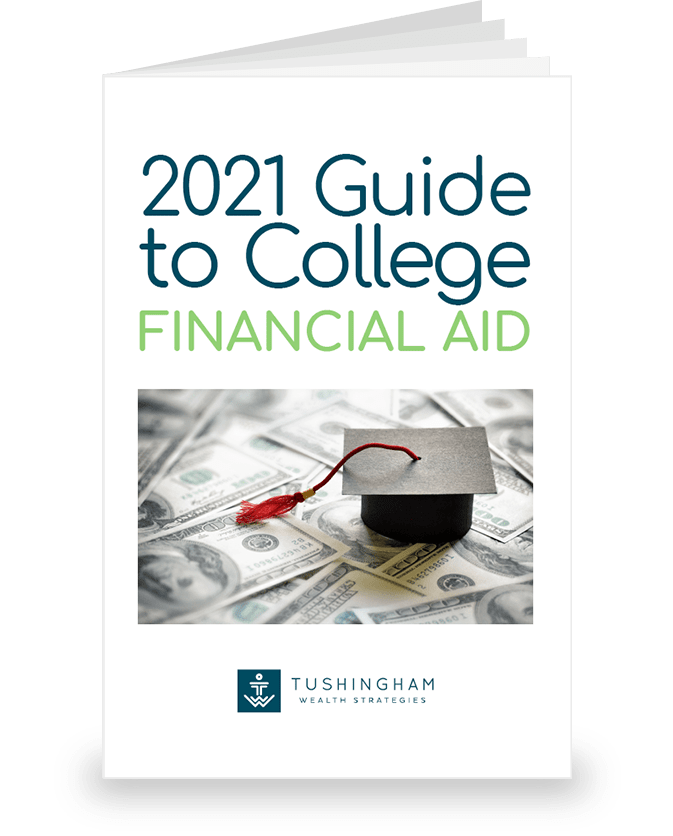College tuition has been rising 33% faster than inflation. This has resulted in enormous tuition bills and students taking on an increasing amount of student loan debt to fund it.
You need to treat a college education like any other investment and answer a few questions before proceeding.
- What is the initial cost?
- What are the risks?
- What is the potential return?
Initial Investment
Like any investment, the price you pay will impact your future return. This is where college selection comes into play and why it should be considered one of the most important pieces of your college planning strategy.
Begin researching schools to determine where you will be a good fit and how your academic profile compares with those of current students. College Navigator is a great resource to use in assessing this. Your goal should be to rank in the top 20% academically of the incoming freshman class. The more desirable you are to the school, the more likely it is that you will be accepted and receive merit-based financial aid in the form of grants and scholarships.
The Ivy League schools and most state schools offer little in the way of merit aid. This is why we recommend targeting smaller private schools. They don’t have the name recognition but tend to offer attractive aid packages to attract students.
*Most physicians, based on their income, will not qualify for need-based financial aid. The focus should then shift to merit aid. Merit aid is generally based on academics, without regard to the income and assets of the family.
Risks
Every investment has risk and a college education is no different. One of the greatest risks is that you extend your stay beyond four years or don’t graduate at all. This is why the college selection process is so important.
Some families can benefit by working with a college admissions professional. They can help determine where you might fit in best, select a major you will stick withand increase your odds of graduating on time. For some, the best decision might be to take a gap year or to attend a community college.
Resources such as College Scorecard can also help by showing you the graduation rates at each school which is a telling indication of the support each student is receiving.
* We recommend that you apply to at least seven schools, including at least one in-state option and a safety option. Multiple offers will give you leverage when weighing similar financial aid awards.
Return
I understand that all returns can’t be measured in dollars but let’s focus on the financial aspect for now. Research shows that people who go to college earn substantially more over their lifetimes than non-graduates. That being said, classes are priced without regard to the degree being sought.
When selecting your potential school and area of study you should obtain an estimate of what you can expect to earn after graduation. PayScale offers salary projections for specific majors and offers a return on investment calculation based on future income and college costs. A good rule of thumb is to not take out more in student loans than your first-year salary out of college.
* Some physicians will graduate with well over $100,000 in student loans, however the resulting incomes can more than justify the initial loan burden.
Be proactive! You need to choose your college wisely, explore financial aid opportunities and estimate your future salary. Having the “right” college planning strategy can help make college the best investment you ever make.

Download our Free Whitepaper on
Understanding College Financial Aid: Download Now
